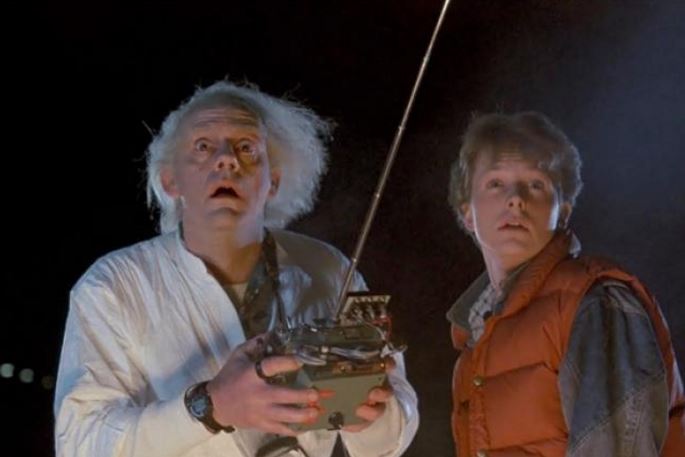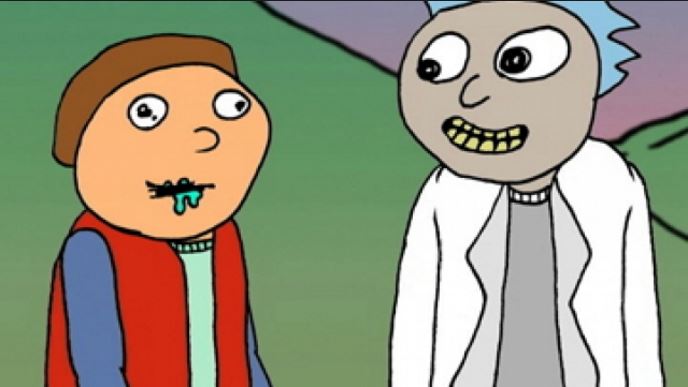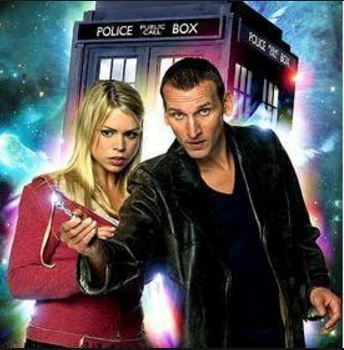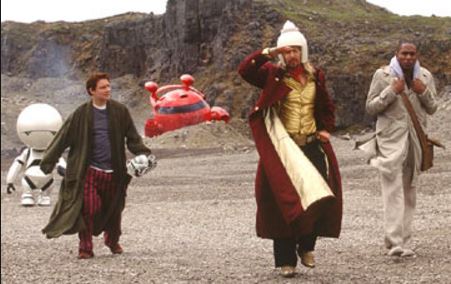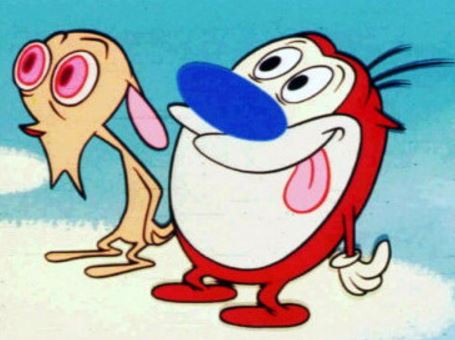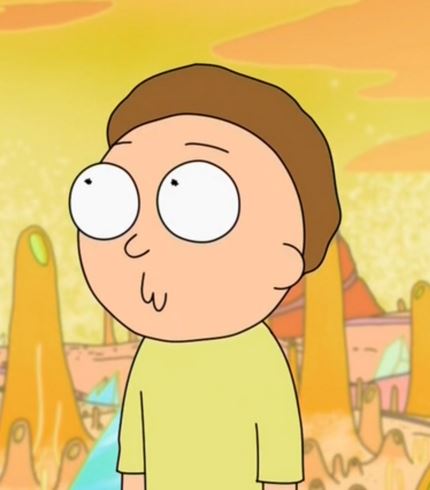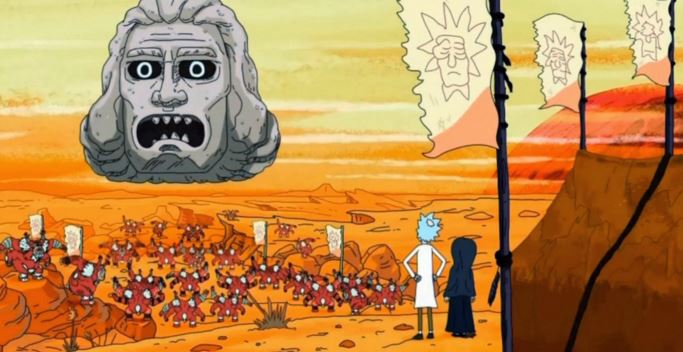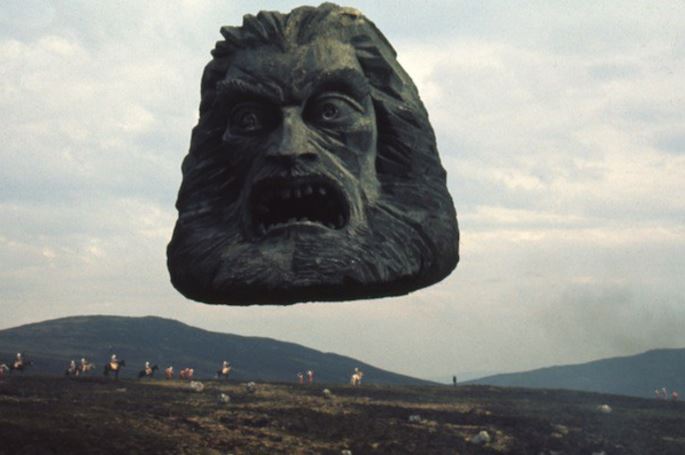Which TV Shows and Movies Influenced the Making of “Rick and Morty”?
Creators of the adult cartoon Rick and Morty (2013 – ) are not shy about the influences on their show, giving interviews to IGN and Vulture. While the influences may not be secret, their range is vast, including children’s and adults movies and TV shows from the ‘70s, ‘80s, and ‘90s, a science fiction novel, and their mothers.
Originally, Justin Roiland created a short animated pilot The Real Animated Adventures of Doc and Mharti (2006), a perverse, NSFW parody of the characters Doc Brown and Marty McFly from Back to the Future (1985). Roiland’s previous show House of Cosby (2005) had abruptly ended due to a cease-and-desist letter from Cosby’s attorneys, so he created Doc and Mharti as a way of poking fun at his situation. As Roiland put it, “I was just looking to ‘troll’ a big studio.” After working on the episode, Roiland began to like his characters more than the joke, and he changed their names in an effort to avoid getting on the studio’s bad side.
Doc Brown and Marty McFly from Back to the Future
The short was entered in Channel 101, a non-profit monthly film festival for pilots created by Dan Harmon and Rob Schrab. Years later when Adult Swim contacted Harmon about creating a show for them, he thought of Roiland and went to him for suggestions. Roiland still wanted to work with the characters of Doc Smith and Mharti McDonhalds, and after he changed them to Rick and Morty and made their relationship familial, the show was picked up by Adult Swim.
Mharti McDonhald and Doc Smith from The Real Adventures of Doc and Mharti
The relationship of the two characters was also meant to be reflective of other stories with a hyper-intelligent mentor who shows an average companion a reality with which they are not at all familiar, such as Doctor Who (1963 - 1989, 1996, 2005 – ), Willy Wonka and the Chocolate Factory (1971) and Hitchhiker’s Guide to the Galaxy (Book: 1979, TV: 1981, Film: 2005). Including a companion who is just as clueless as the viewers about the world they’re entering allows the writers to create, as Harmon said to IGN, “a universe that is therefore licensed, relative to the audience, to be completely indecipherable.”
Rose and the 9th Doctor from Doctor Who (2005)
Hitchhiker’s Guide to the Galaxy (2005)
Rick and Morty also owes a lot to animated shows. The artwork on the show takes after The Simpsons (1989 – ) and The Ren and Stimpy Show (1991 – 1995); the way Morty’s mouth forms a “w” shape when he’s disappointed even resembles the face Ren makes when sad. Meanwhile, when it comes to Rick and Morty’s irreverent tone, predecessors like South Park (1997 – ) and Saturday Night Live (1975 – ) have pushed the boundaries of TV censorship for decades, creating a space for shows like Rick and Morty to exist.
Ren’s “W” mouth in The Ren and Stimpy Show
Morty Smith’s “W” mouth
Harmon told Vulture that Zardoz (1974), the scifi cult classic starring a long-haired, mustachioed, red-briefs-wearing Sean Connery, was also an influence. It’s easy to see the inspiration in the Rick and Morty episode “Raising Gazorpazorp” (S1:E7) when a giant stone head floats above the planet dispensing sex robots to the people below. Similarly, in Zardoz a giant stone head floats above the planet dispensing firearms to the people below.
Floating head in “Raising Gazorpazorp” (S1:E7)
Floating head in Zardoz
Finally, Harmon and Roiland cite their mothers as an indelible influence on the show. They often ask themselves whether their mothers would understand the jokes while working on episodes. “We want the show to appeal to as many people as possible,” Harmon told Vulture.
Harmon and Roiland draw on a lot of popular TV shows and movies with the aim of building on the viewer’s existing frame of reference. While much of television is derivative of popular culture, successful shows like Rick and Morty find ways to keep the tropes fresh and new. Rick and Morty does so by making subtle references to a wide variety of sources, adding rich layers to its world and creating a show that feels instantly familiar yet original.


